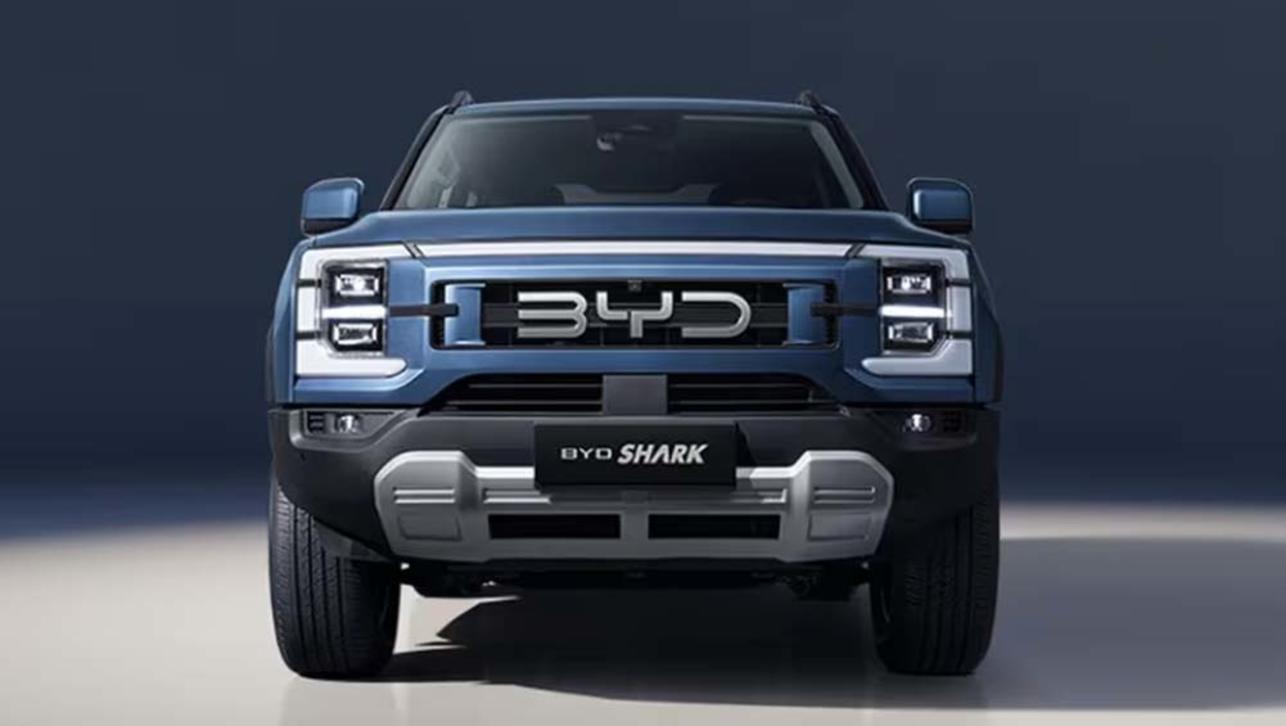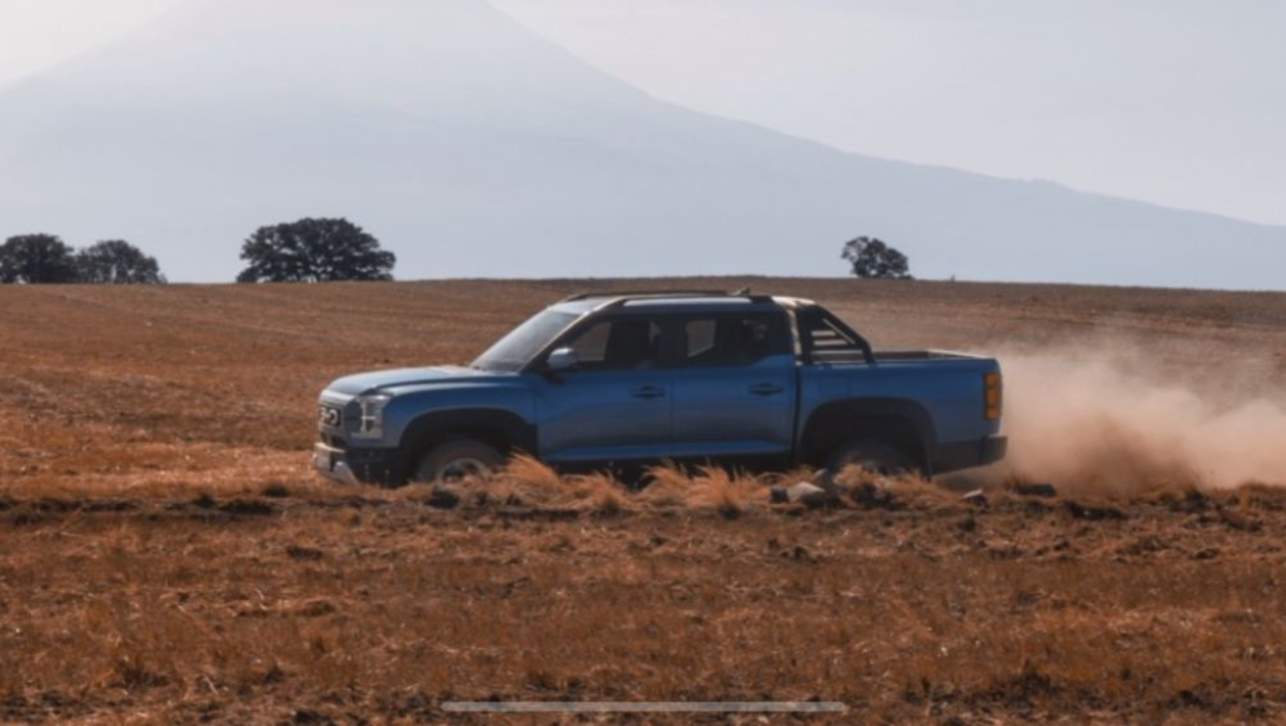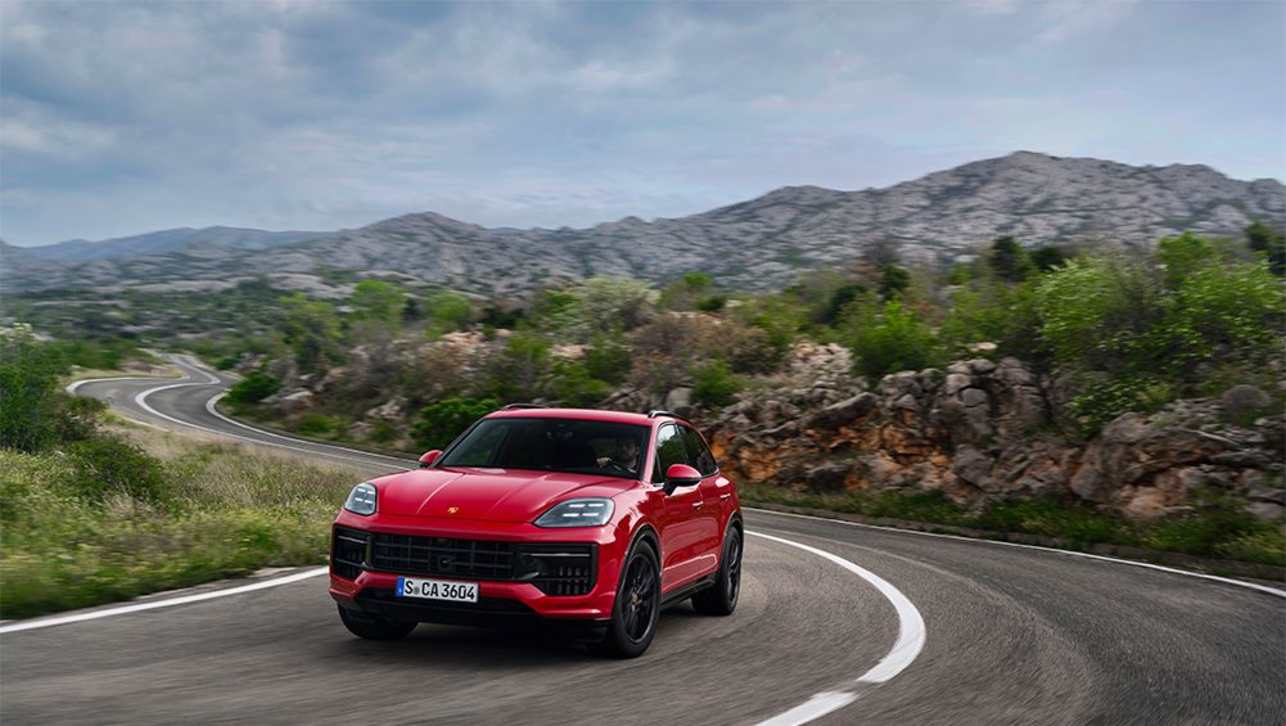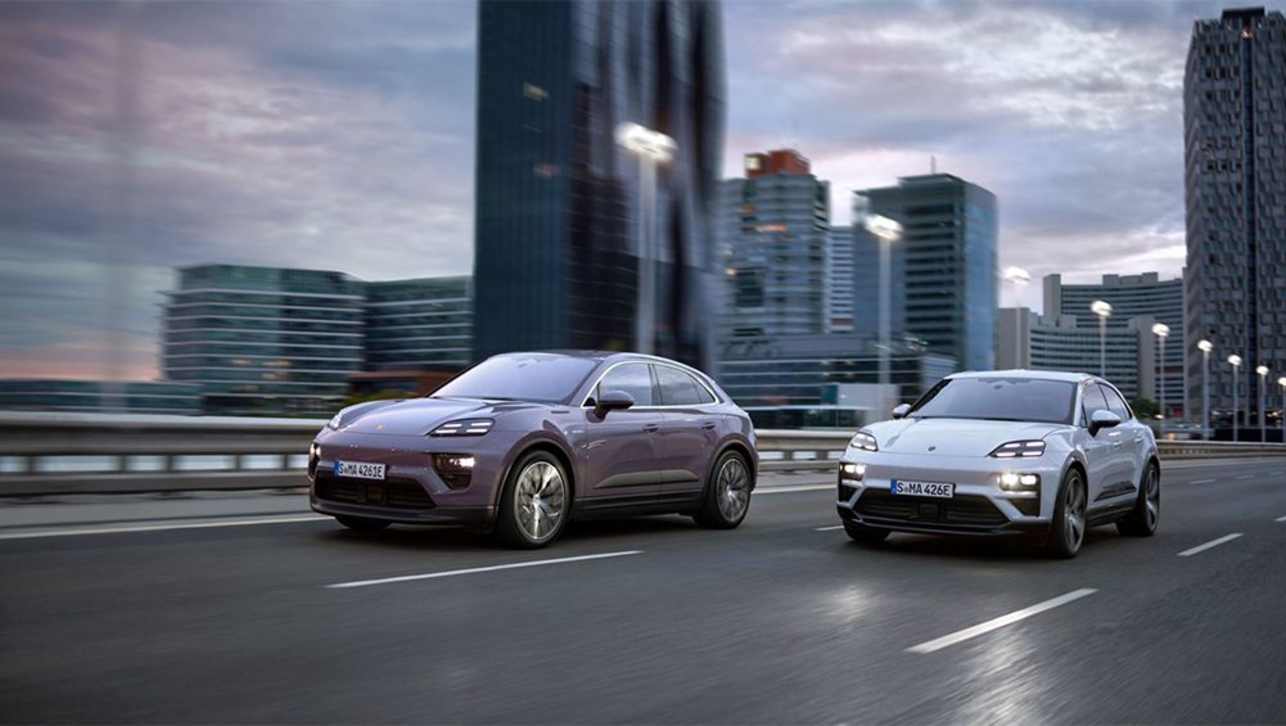A pair of rookie drivers helped deliver a historic win for Porsche at the Le Mans 24 Hour, which has become a race of the world’s fastest hybrid machines.
Porsche has ended Audi’s five-year winning streak in the Le Mans 24 Hour race after a one-two finish headed by Formula One driver Nico Hulkenberg and former F1 ace, Aussie Mark Webber.
The car that delivered Porsche’s first outright win at Le Mans since 1998 was driven by a pair of first-timers and a third driver who had never raced for line honours in the French classic.
While they are experienced drivers, Germany’s Hulkenberg and his 24-year-old New Zealand teammate Earl Bamber had never raced in the Le Mans 24 Hour before, and Briton Nick Tandy, who rounded out the trio, had only competed twice before (in 2011 and 2014) in a slower category of cars.
The race was closer than in previous years as the front-running Porsches and Audis had few reliability problems, and rain held off until the final minutes of racing.
Just moments after Nico Hulkenberg took the chequered flag, a tearful Nick Tandy told reporters in pit lane: “It’s a bit overwhelming, it’s not a bad result for a farm boy coming to Le Mans.”
Kiwi co-driver Earl Bamber said: “I cant believe it, it’s been an incredible day.”
Nico Hulkenberg said he enjoyed the night racing segments of the Le Mans 24 Hour.
“I really like the night,” said Hulkenberg. “That was the case in testing and it’s the same here. There is a special atmosphere at night that suits me and that feels great.”
The 2015 result delivers Porsche’s 17th Le Mans win since 1970 while Webber’s second place is his best result in his four attempts at the great race.
“Wow, what a day,” said an ecstatic Mark Webber. “It’s sensational to have Nico (Hulkenberg) and Earl (Bamber) win, it’s a brilliant day for Porsche. I can’t put it into words: one-two!”
Last year Porsche didn’t even make the top 10 finishers, and Webber’s car conked out two hours from the finish, after leading several times earlier in the race.
When Webber raced for Mercedes-Benz in the 1990s his car only made it 19 laps in the 1998 Le Mans event. And he didn’t start Le Mans in 1999 after his car -- and that of teammate Peter Dumbreck -- flipped in spectacular fashion in the lead-up to the race due to serious flaws in the car’s aerodynamics.
The race was closer than in previous years as the front-running Porsches and Audis had few reliability problems, and rain held off until the final minutes of racing.
The average speed of the winners in this year’s 83rd running of the endurance race since 1923 was 247.1km/h, covering 395 laps and a total distance of 5383.5km -- the equivalent of driving from Sydney to Perth in just one day, except the road isn’t as straight as the highway across the Nullarbor Plain.
The Le Mans race cars eclipse 300km/h five times on each 13.6km lap, and top 340km/h on the longest straight.
Webber led early in the 2015 race but was overtaken about one-third of the way through the enduro after his New Zealand teammate Brendon Hartley incurred a one-minute penalty for passing a car during a yellow flag caution period.
Most of the Porsche drivers were behind the wheel for an exhaustive three hours at a time -- stopping briefly every 45 minutes for fuel -- because the team was able to stretch out time-consuming tyre changes every three hours.
Porsche could hardly be accused of lacking preparation. After reliability problems plagued last year’s attempt, this year Porsche and its team of nine drivers did three 30-hour test runs at two different European circuits in the lead-up to the race.
More than 15 engineers and 25 mechanics maintain each car, many of them don’t even get to see the race because they are tucked away in a control centre behind the pit garage analysing every aspect on their car via 60 large TV screens.
The drivers also need to learn what the 26 buttons on the tiny steering wheel do when they need to make adjustments while on the move.
Unlike Formula One which has strict rules, the Le Mans event allows manufacturers to use whatever engine they desire -- but limit how much energy they can use per lap.
It makes the race more of an engineering challenge and, ultimately, more relevant to road cars as some of the technology eventually makes it way into showrooms in the years ahead.
Audi matches a V6 turbo diesel engine to a hybrid system, Toyota uses a V8 petrol engine mated to a hybrid system while Porsche uses a small turbo four-cylinder engine matched to an even bigger hybrid system than its rivals.
However, at these speeds, Le Mans racers use at least three times more fuel than the average car (guzzling about 36 litres per 100km), although it’s a little more than half what a V8 Supercar drinks around Bathurst -- in part because these 300km/h-plus machines are almost as light as a tiny Smart city car.
The Audi cars which have won all but three races since the year 2000 finished third, fourth and seventh.
The third of Porsche’s hybrid supercars finished fifth while the championship-winning Toyota hybrids finished sixth and eighth.
Nissan’s experimental front-wheel-drive race car proved to be a disaster, with one catching fire and another finishing 40th after completing just 242 laps.
Against racing convention -- and opposite to Formula One and every other outright contender in Le Mans history -- Nissan decided to drive its engine power solely through the front wheels, just like a Nissan Pulsar and most small hatchbacks on sale today.
Not only did it earn the nickname of “The Batmobile” or “The Cuckoo Bird” for its ungainly appearance with such a long nose, the layout made the Nissan unbalanced in high speed corners and blunted acceleration out of slow corners.
Because the front tyres did most of the work -- braking, steering and accelerating -- excessive tyre wear also became a problem for the Nissan while most other outright contenders made their tyres last for three of four driving stints between changes.
The front-drive design was so flawed (all the other cars on the grid are all-wheel-drive or rear-wheel-drive) all three Nissan cars were forced to start last among the outright contenders because they failed to complete a qualifying lap within 110 per cent of the fastest car, an eligibility and safety requirement.
Click here for the official results.



.jpg)













.jpg)
.jpg)




.jpg)


.jpg)
.jpg)






Comments